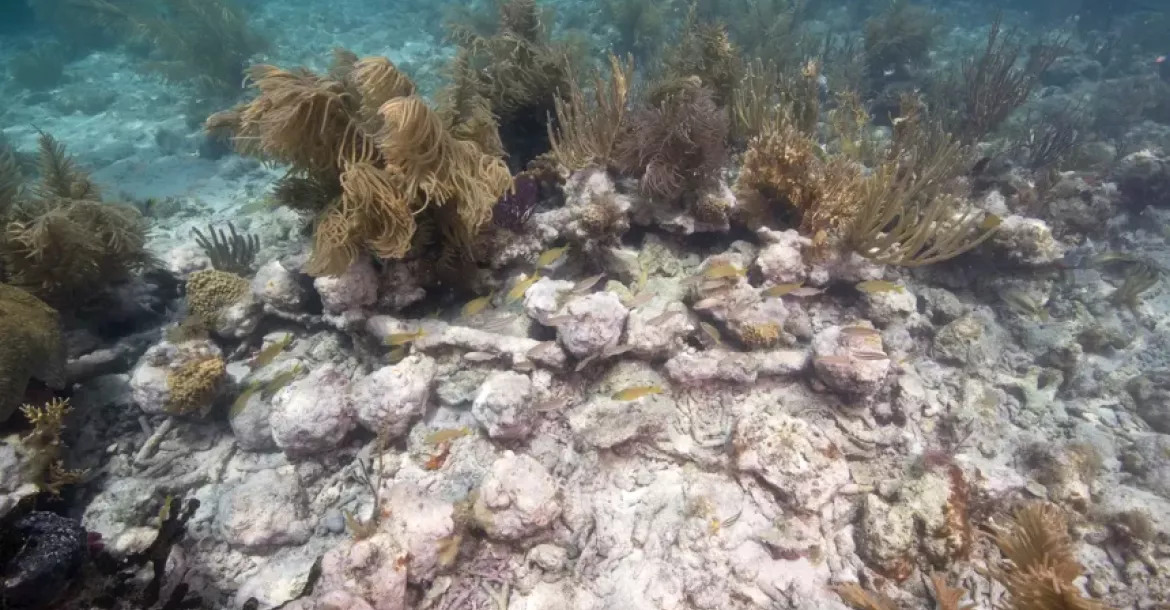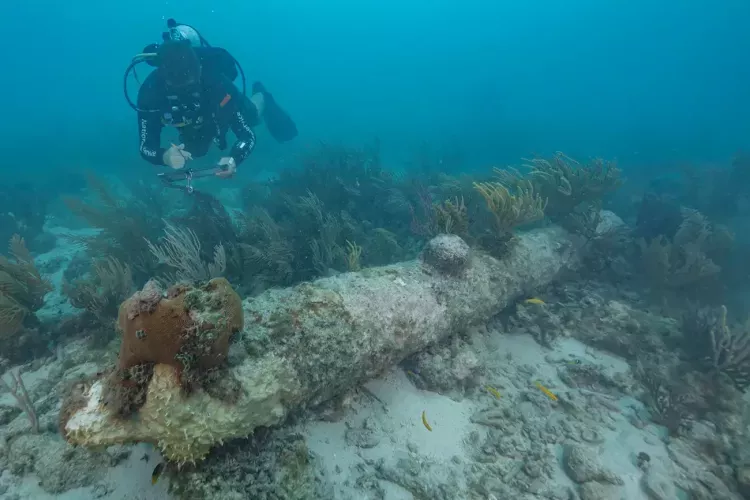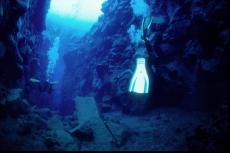Florida shipwreck identified as the 50-gun frigate HMS Tyger
Researchers have conclusively identified a historic British warship, the HMS Tyger, which sank off Florida's coast, shedding light on 18th-century maritime history.
Maritime historians and archaeologists, following years of meticulous research and underwater exploration, have confirmed the identity of the HMS Tyger. The ship, originally launched in 1741, played a pivotal role in British naval operations before succumbing to a fiery end in 1742.
Key evidence
The breakthrough came through the analysis of construction features, artefacts recovered from the site, and archival records. Notably, the ship's distinctive cannon and the unique composition of its timbers provided irrefutable evidence, aligning perfectly with historical accounts of the Tyger's construction and its untimely demise.
A glimpse into the past
The Tyger's resting place, now a submerged relic, offers an unprecedented glimpse into 18th-century naval warfare and shipbuilding techniques. Artefacts recovered from the wreck, including personal items of the crew and weaponry, tell a story of life at sea, the hardships encountered, and the technological advancements of the time.
The identification of the HMS Tyger is not just a triumph of archaeological endeavour but also a poignant reminder of the perils of maritime exploration and warfare. It underscores the advances in naval engineering and the strategic importance of naval power in shaping world history.
Fact file
HMS Tyger, often spelled Tiger, was a 38-gun fourth-rate frigate of the Royal Navy, built by Peter Pett II at Woolwich and launched in 1647. The term 'frigate' during this ship's period referred to a construction method, rather than a role, which did not develop until the following century.
Tyger served in many actions in a career of nearly 100 years, including the Siege of Colchester during the English Civil War, the pursuit of Prince Rupert to the West Indies, and the First and Second Anglo–Dutch Wars. In December 1741, Tyger was assigned to blockade duty off the western tip of Cuba, under the command of Captain Edward Herbert.
On 11 January, the Tyger approached low-lying islands. The officers became confused, first correctly identifying the islands as the Dry Tortugas, and then mistakenly identifying them as the Reques Keys on the Grand Bahama Bank. That night, the ship grounded on a reef. The ship was successfully backed off the reef, but there was no anchor ready to be dropped, and the ship ran upon the reef again, this time for good.
—Wikipedia

























